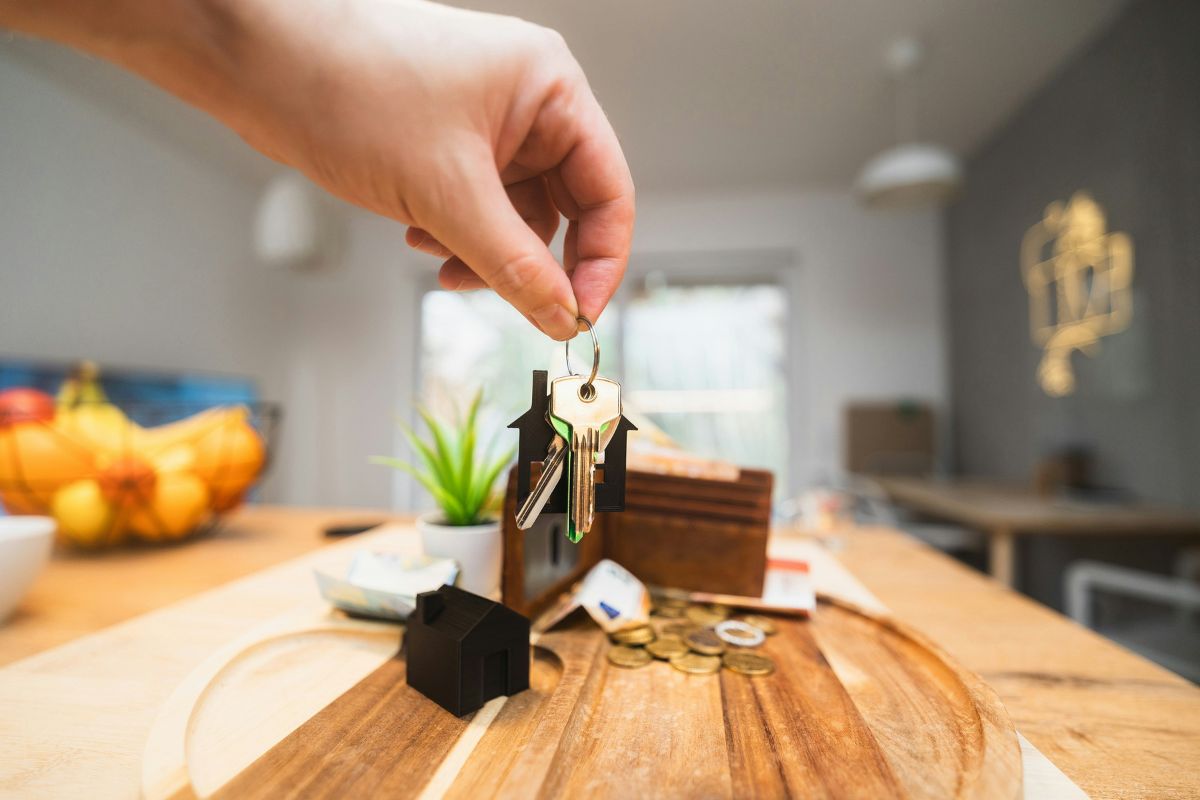Why Positive Cash Flow Beats Negative Gearing?
Prime Minister Anthony Albanese was under the pump recently when it was revealed that his government had requested modelling around what changes to negative gearing legislation could mean to the economy and budget.
This was followed by the usual argument, pitting so-called ‘fat cat investors’ against ordinary Aussies trying to get into the property market. As per usual, the debate missed some of the most important factors, with many assuming that negative gearing was allowing investors to buy up 10 or 20 properties and put them out of reach of first home buyers.
The reality is that not that many investors can afford to be running multiple assets at a loss, just to reduce their taxable income.
Many negative gearing Aussies only have one investment property, which they are paying off to help fund their retirement.
Most of those with 20 or 30 properties, or more, have to use positive gearing to build such portfolios. If the properties weren’t paying for themselves, those investors would quickly run out of borrowing power with the bank.
At any rate, Labor have since come back and said they will not be attempting to make changes to the rules, which was probably a good idea, considering what happened to them at the 2019 election, in which it was one of their key policies.
How does it work?
For those who aren’t familiar with how it works, ‘gearing’ refers to borrowing money to invest in property. To be positively geared means you earn enough rental income on your asset to cover all the costs of holding the property; such as loan repayments, insurance, property management fees, council and water rates and strata levies, with some left over to make a monthly cashflow profit. Negative gearing means the costs of the property outweigh the rental return, so you need to add your own money each month to make your repayments.
The case for positive
Positive cashflow investors are usually after an asset that can pay itself off over time, while delivering a good return and capital growth. The steady income provided by these properties means investors can continue to expand their portfolios, without being restricted by having to use income to service the debt.
They may also choose to use the extra income to pay down some assets sooner and therefore pay less interest on loans.
There is less financial risk involved because the property is looking after itself. Losing your job won’t automatically mean losing your investment.
Of course, positive cashflow means paying tax on your rental income each year. This strategy is therefore suited to those with a lower income, who want assets that can help them in retirement, without worrying about their income being pushed into upper brackets.
The case for negative
Those who choose negative gearing are often after a long play when it comes to capital growth, but the short term benefit of reducing their taxable income. Plainly speaking, someone earning a high salary can pay less tax by making a monthly loss on their property, while accumulating larger capital gains. For this reason, this strategy is usually employed by higher income individuals.
Often, these investors will invest in assets that they believe have significant growth potential, so they can reap the equity rewards later in life while benefiting from paying less tax year to year.
Why not have both?
Anyone who follows B.Invested founder Nathan Birch would know positive gearing and strong cashflow has always been one of the main pillars of his investment strategy. That’s why he has more than 220 properties.
But after building his foundation portfolio, he found himself able to make some negative gearing purchases to offset some of the passive income he was already generating.
Having both positively and negatively geared assets in your portfolio can mitigate risk through diversification and protect your wealth against market volatility.
It’s all about the strategy that helps the individual achieve their property investment goals.



